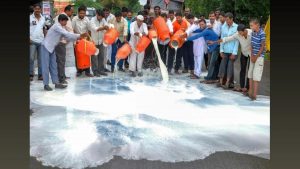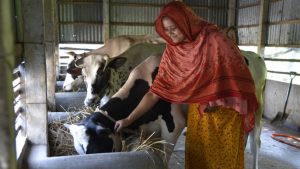
Sen was arrested in November, for allegedly accepting a bribe of ₹30,000 from a firm that was awarded the contract for providing manpower and security to the plant.
The special court of the Central Bureau of Investigation (CBI), has dismissed the bail application of the deputy manager (production) of Mohali Verka Dairy Plant Ashim Kumar Sen.
Sen was arrested in November, for allegedly accepting a bribe of ₹30,000 from a firm that was awarded the contract for providing manpower and security to the plant.
The complainant alleged that the deputy manager Ashim Kumar Sen had been constantly harassing him and threatening to cancel his firm’s contract if he didn’t pay up.
The accused was arrested under Section 7 of the Prevention of Corruption Act and subsequently searches were carried out at his properties in Mohali and Patiala, which led to the recovery of incriminating documents.


















